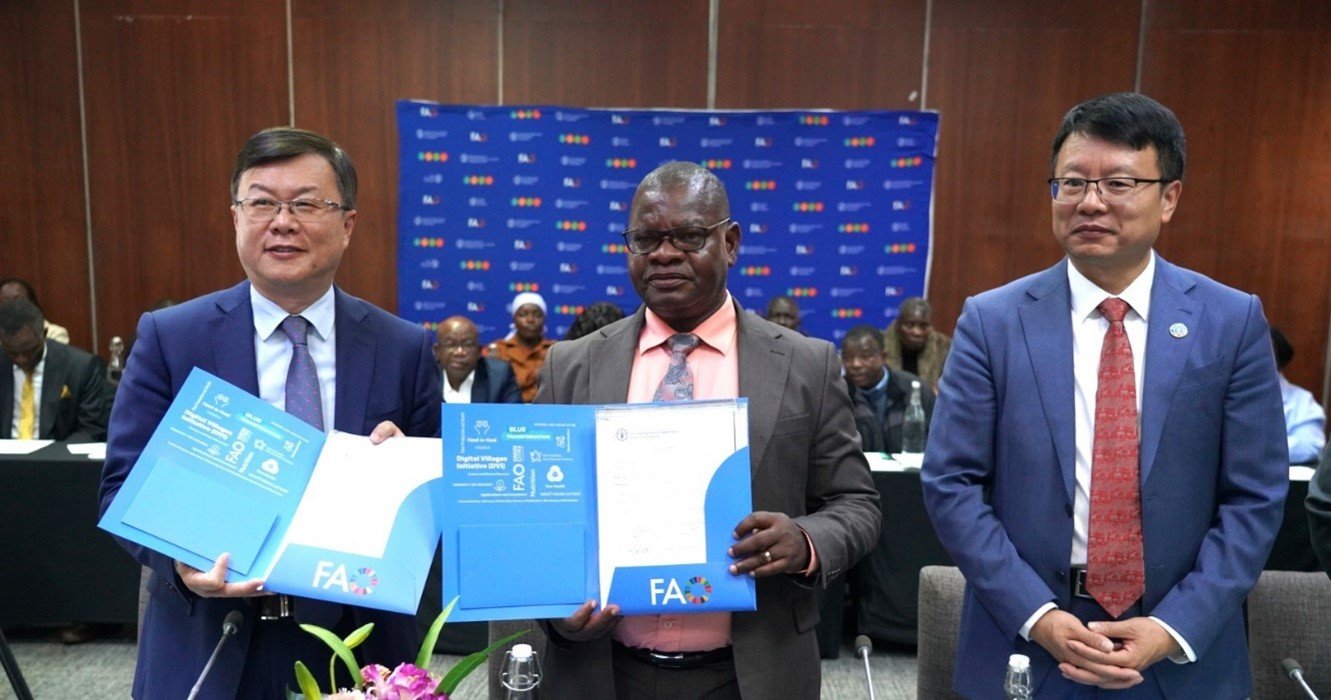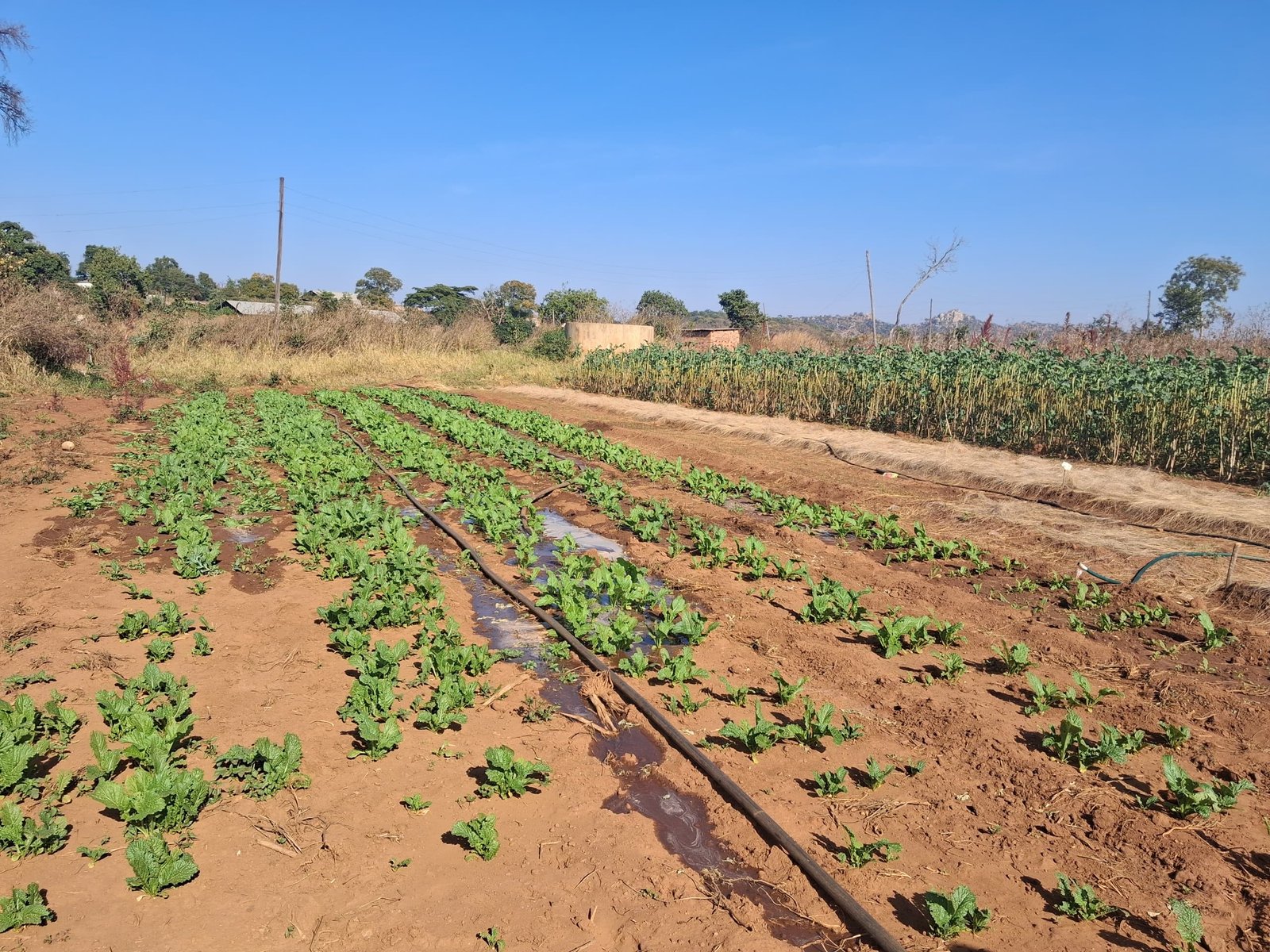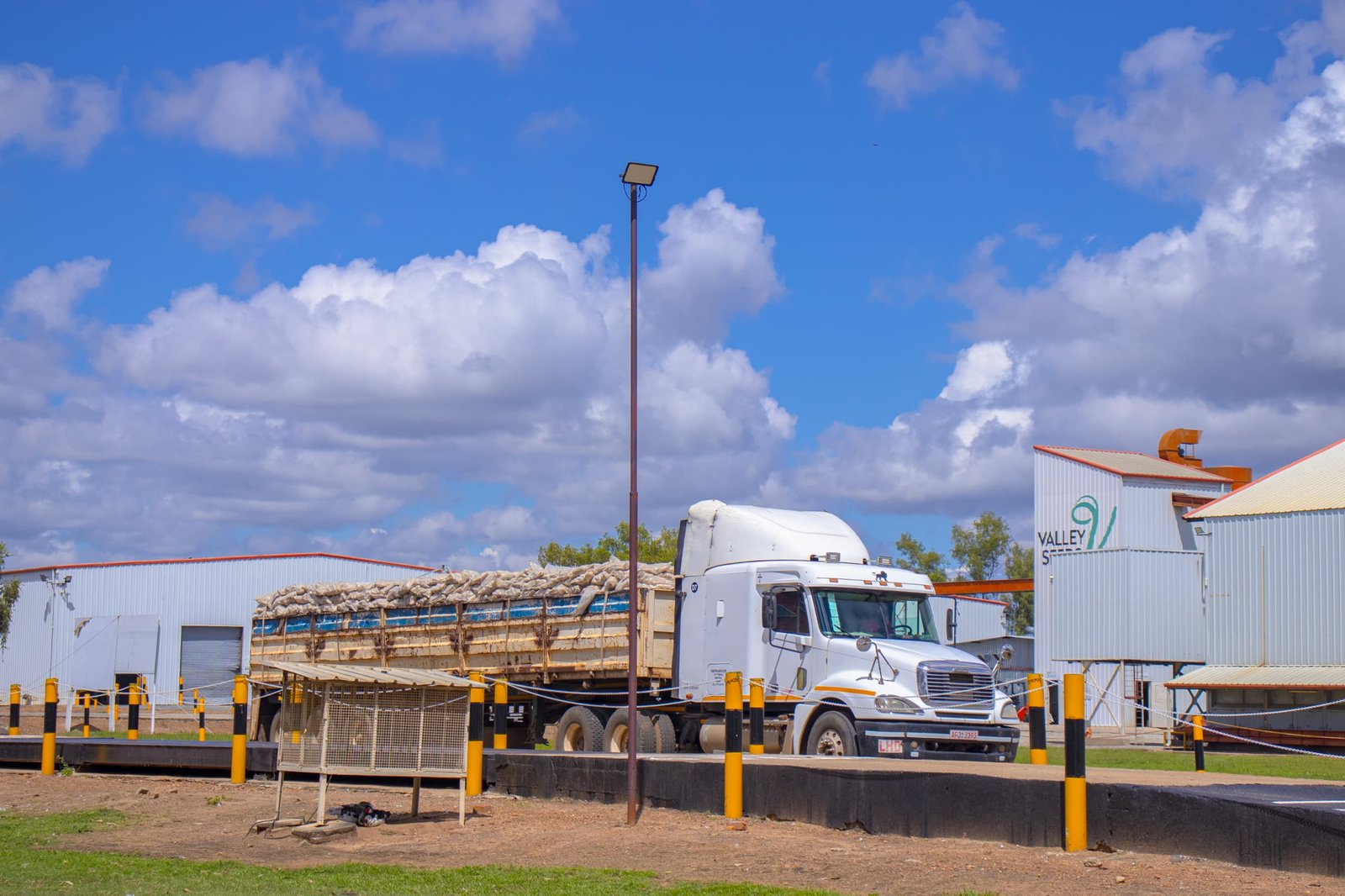In his sprawling farm in Gletywn , Moses Tawanda Hakutangwi, Director of Zimbabwe Catfish Growers is quietly revolutionizing the country’s aquaculture landscape. From the outside, it could be growing anything in its rows upon rows of ponds. Inside, however, blue plastic crates and circle shaped ponds tell a different story- a thriving ecosystem of catfish, one of the largest clusters in Zimbabwe.
Now in his third year of catfish farming, and with twelve years of overall experience in fish farming, Moses’s project has the capacity to produce over 300,000 catfish.
He believes this could be a game-changer for Zimbabwe’s economy and provide a sustainable livelihood for everyone in Zimbabwe. .
“Catfish farming is not only a viable business venture but also a key driver of food security and economic growth in Zimbabwe.”
“This production of catfish, now this is our third year. We have the capacity to produce more than 300 000 fingerlings within 3 days and then we supply throughout Zimbabwe.”
“The breeding season runs from September to April. This means one breeder can yield 4,800 fries from a single fish. If I had 100 breeders, each yielding 4,800 fries, how many fish would I get? Considering our number of breeders, we are talking about significant volumes,” he added.
Mr.Hakutangwi acknowledged that catfish farming is very profitable because it requires a low initial investment. Catfish can grow well in areas with little water and grow quickly, reaching weights of 800 to 1,000 grams in just six months. In comparison, tilapia only reaches 300 to 350 grams at the same time.
“A key advantage of catfish is its ability to survive on minimal feed, as long as the water is green, unlike chicken broilers, which cannot go a day without feeding. Fish farming has the potential to grow the economy, and everyone in Zimbabwe can engage in it. If it receives supplementary protein, such as pellets, it grows quickly, providing food for people in the country,” he said.
The primary nutritional asset in fishmeal is its protein content. This dietary product is frequently derived from by-products of the fishing industry, actively promoting sustainability through the utilization of resources that would otherwise be discarded.
“Apart from its meat, we use this catfish in the production of fish meal. Fish meal provides the protein content required for animal feed. Instead of using soybeans, we use fish meal to supply the necessary protein for other animals. For every tonne of soybeans, we need at least 300 kg of fish meal because it has a higher concentration of protein. Additionally, for organic fertilizers, you can use this fish meal in the production of liquid fertilizers,” he said.
Director of Department of Fisheries and Aquatic Resources, Zimbabwe, Mr. Milton Tinashe Makumbe, commended the Zimbabwe Catfish Growers for breaking new ground by shifting their focus to catfish production, calling it a game-changer for the aquaculture industry.
“What is unique about this hatchery is they are diversifying into catfish production. Catfish is one of the fastest growing species in the world and is able to produce twice the amount of meat as compared to tilapia within the same given space of time, between 5 to 6 months. As we move to the 1 billion dollar economy for fish and aquaculture , we are saying we need all the help that we get through different stakeholders and one of the stakeholders is the Zimbabwe Catfish Growers.
Catfish aquaculture is arguably the most efficient source of protein for human diets, yielding an average of 200 to 400 tonnes per hectare around the globe. Some small-scale farmers combine cropping and aquaculture for water savings and increased resilience. Catfish ponds have a low environmental footprint per unit of output. Water use and impacts on water quality are low. Discarded fish parts are converted into oil and animal feed, and nutrient-rich wastewater can be reused as fertilizer, further reducing waste and emissions.





